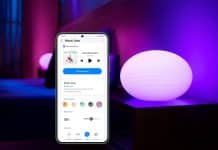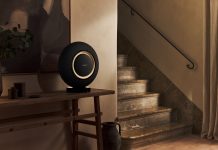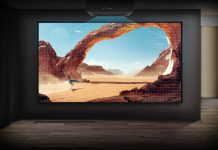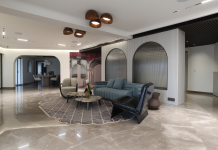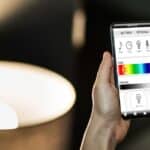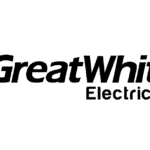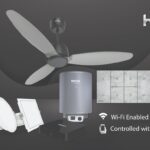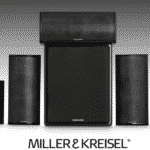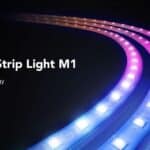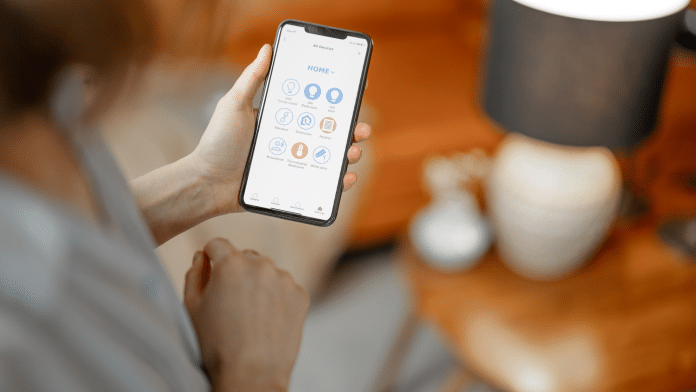
Smart Home World gives you an update on the Residential Smart Lighting Trends and Best Practices that will be shaping the future preferences of homeowners and professionals alike. Read on to know more…
As we step into 2025 on a positive note, imagine a home where your lights adjust seamlessly to your needs, creating the perfect ambiance with just a tap or a voice command. While homeowners were once skeptical about smart lighting, today, with a variety of brands offering incredible convenience and ease of use, it has become the preferred choice for many. What was once a novelty is now a necessity in modern homes, providing both comfort and efficiency with effortless control at your fingertips.
In the past decade, technological innovations in voice control, automation and adaptive lighting have transformed how we interact with our home environments. These advancements are not just about enhancing convenience; they are fundamentally reshaping how homes function to make them more comfortable, energy-efficient, and secure. Together, these technologies create an integrated smart home experience that improves the quality of life for residents, while also addressing growing concerns about energy use and safety.
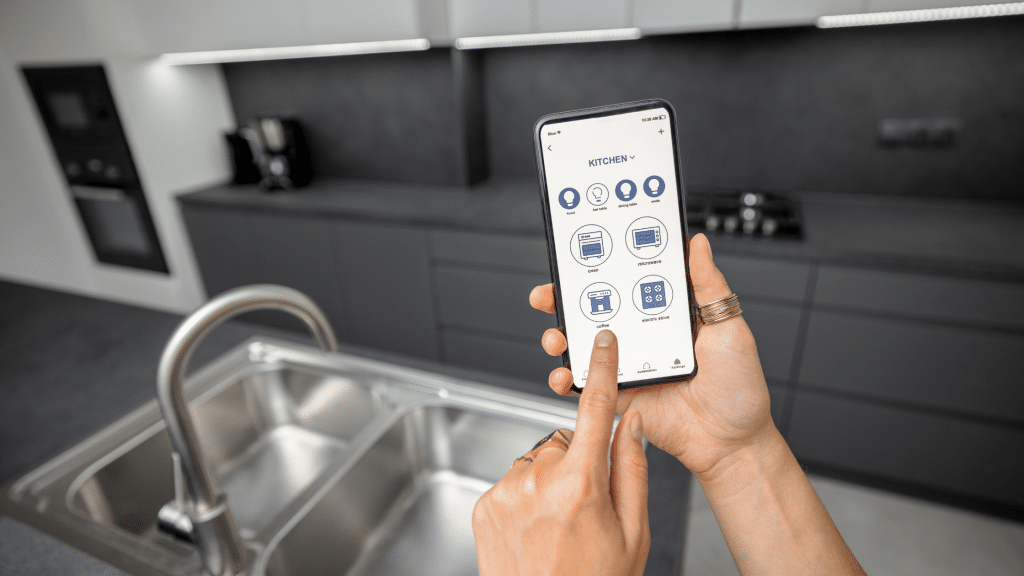
According to various Market Research Reports, the Residential Smart Lighting industry is expected to maintain a strong growth trajectory in the coming years, with a projected CAGR of 25-30%. As consumers increasingly embrace the benefits of connected, energy-efficient, and personalised lighting solutions, the market is poised for continued expansion, both in India and globally. With greater availability of affordable options, improved technology, and a growing focus on health, security and sustainability, smart lighting will continue to transform the way we illuminate our homes.
Human-centric lighting is poised to grow in popularity, as there is a growing concern for health and well-being. Leading manufacturers like Lutron and Signify are at the forefront of this innovation, developing smart lighting systems that can be programmed to shift colour temperature automatically, promoting optimal lighting conditions for various activities and times of the day. Brands like Wipro Smart Lights, Philips Hue, Havells and Crompton are leading the way in offering human-centric lighting solutions, with products designed to create more comfortable, healthy, and productive spaces.
The Evolution of Smart Lighting Systems
These intelligent lighting solutions now integrate seamlessly with voice-controlled assistants like Amazon Alexa, Google Assistant, and Apple Siri, providing users with a hands-free, customizable lighting experience. Additionally, these systems are increasingly responsive to ambient conditions, such as adjusting brightness based on natural daylight or changing the colour of the light to match the mood or activity.
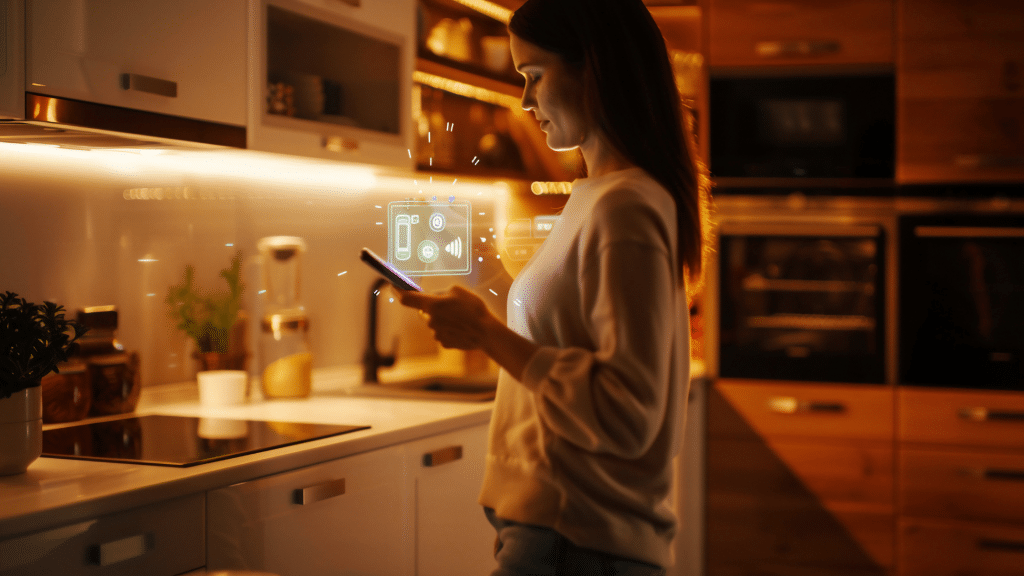
Brands such as Philips Hue, LIFX, and Syska Smart LED Lights offer a wide range of solutions. These products cater to residential spaces, providing advanced features like colour-changing capabilities, scheduling, geofencing, and integration with home automation systems. Indian brands like Wipro and Bajaj are also making strides in the smart lighting space, delivering affordable and efficient solutions.
Another important factor is the growing demand to be Sustainable in the coming years, with environmental concerns influencing nearly every aspect of lighting design. LED technology remains the gold standard for energy efficiency, offering users solutions that reduce energy consumption and lower carbon footprints.
Growing Demand of App Control and Security Integration
Enhancing User Experience in Residential Lighting Interoperability with multiple third-party control platforms is a key feature of today’s smart lighting systems and controls. Homeowners now expect residential lighting controls to integrate with apps that offer robust customization. These apps should provide owners and installers with the capability to create and set schedules, customize settings such as brightness and motion detection, receive real-time alerts, and view a dashboard of connected devices’ controls and status.
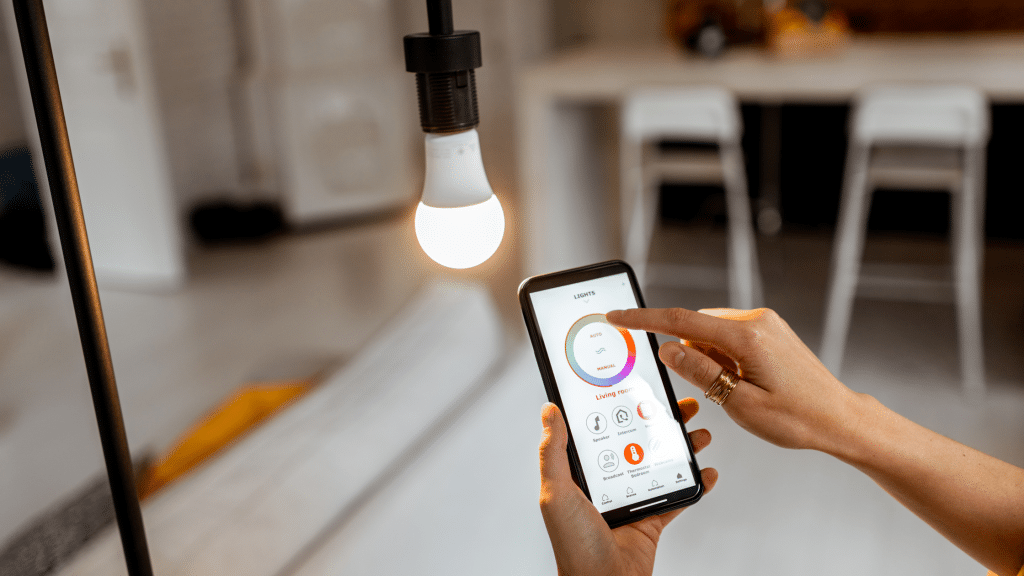
Key Technological Advancements in Smart Lighting
Voice Control has become one of the cornerstones of modern smart lighting systems. Leading brands such as Philips Hue, Lutron Caseta, and Nanoleaf have integrated their products with popular voice assistants like Amazon Alexa, Google Assistant, and Apple Siri, enabling users to control their lighting with simple voice commands. From turning lights on or off to adjusting brightness or color temperature, voice commands offer a hands-free solution that enhances user convenience.
Automation and Scheduling
Automation has revolutionized how we approach lighting design. Smart lighting systems like Lutron’s Caseta Wireless or Wiz Smart Lighting allow users to set lighting schedules, so lights automatically adjust based on the time of day or activities. For example, lights can be programmed to gradually brighten in the morning to simulate natural sunlight, improving users’ wake-up routines. Similarly, as the day transitions to evening, lights can automatically dim to create a more relaxed atmosphere.
These automated capabilities also extend to motion sensors, which detect occupancy and adjust lighting accordingly. Philips Hue Motion Sensors and Ecobee’s Smart Light system, for instance, ensure that lights are only on when needed, further enhancing both energy efficiency and convenience. For businesses looking to offer smart lighting solutions, emphasizing the automation features of these systems can be a strong value proposition. Clients will appreciate the seamless integration into their daily routines and the added energy-saving benefits.
Adaptive Lighting and Personalization
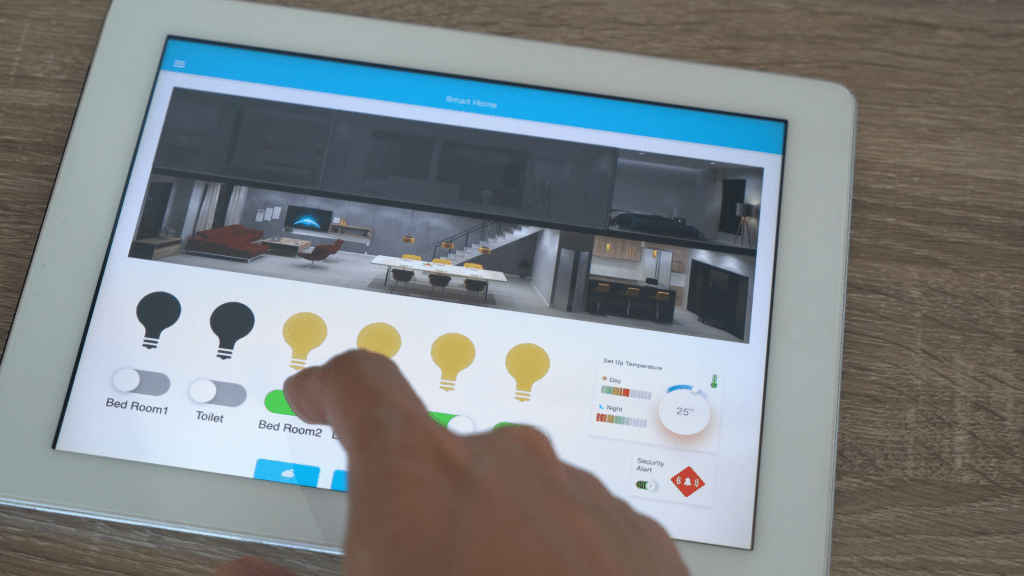
Adaptive lighting, also known as circadian lighting, adjusts the light temperature based on the time of day, mimicking natural sunlight patterns to help improve the well-being and productivity of homeowners. Leading brands like Lutron and Casambi have developed smart lighting systems that offer color temperature adjustment, allowing users to shift between warm and cool lighting tones based on the time of day, promoting better sleep cycles and increasing alertness during work hours.
Smart Home World, speaks to Expert Views
Dr. Amardeep M. Dugar, Founded Lighting Research & Design
What are some of the key advancements in smart lighting technologies that have had the most impact on residential spaces?
Key advancements in smart lighting technologies that have significantly impacted residential spaces include the ability to control lighting remotely via smartphone apps, and the incorporation of voice-activated assistants like Amazon Alexa, Apple Siri and Google Assistant. Furthermore, the development of smart sensors that adjust brightness based on occupancy and ambient light conditions enhances convenience and energy savings. Additionally, tunable white and RGBW LED options allow for customized colour temperatures and moods, making lighting more versatile and user-friendly in home environments.
How does voice control contribute to the convenience and accessibility of smart lighting in homes?
Voice control significantly enhances the convenience and accessibility of smart lighting in homes by allowing users to easily adjust lighting settings without the need for physical switches or smartphone Apps. This hands-free interaction is particularly beneficial for individuals with mobility challenges or disabilities, enabling them to control their environment effortlessly. Voice commands can be used to turn lights on or off, change colours, dim brightness, or create specific lighting scenes, all of which can be done from anywhere in the house. This seamless integration into daily routines not only simplifies user experiences but also promotes greater energy efficiency and smart home automation.
Can you suggest specific lighting controls or technologies that can help reduce energy consumption, such as motion sensors or daylight harvesting?
Technologies such as motion sensors that automatically turn lights On or Off based on occupancy, and daylight harvesting systems that adjust electric lighting based on the amount of natural light available can help reduce energy consumption in homes. Additionally, smart dimmers and smart bulbs allow for remote control and scheduling, optimizing energy use. Although LED lighting itself is more energy-efficient and longer-lasting compared to traditional bulbs, programmable timers can also be used to ensure lights are only on when needed. Combining these technologies can significantly lower energy consumption and enhance convenience.
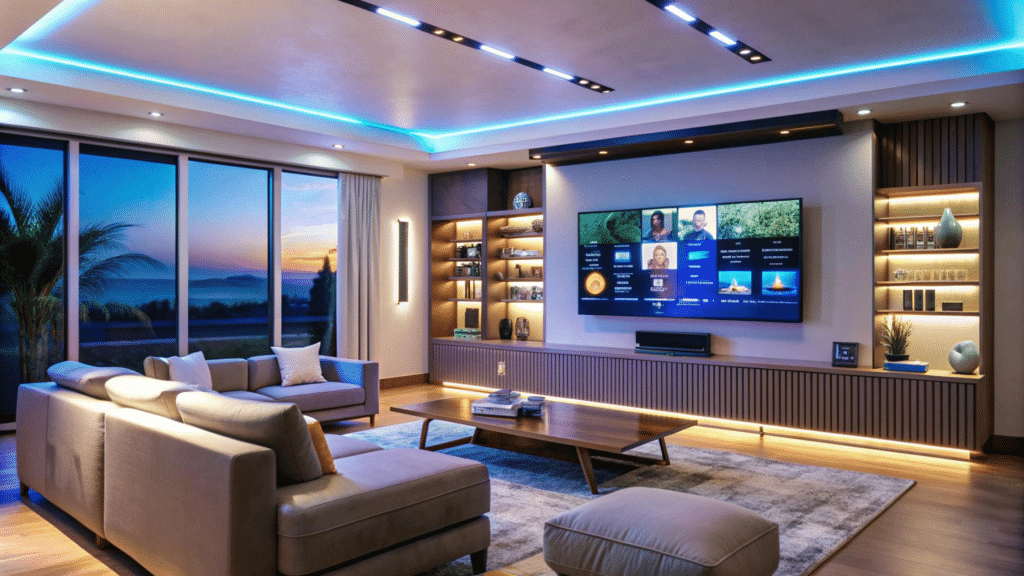
What are the key advantages of using customizable lighting in residential design? How do smart lighting systems support personalization of lighting scenes for different activities (e.g., reading, movie watching, or dining)?
Customizable lighting in residential design offers several key advantages, including energy efficiency, enhanced ambiance, and increased functionality tailored to specific activities. Smart lighting systems facilitate this personalization by allowing users to easily adjust brightness, colour, and scene settings through apps or voice commands. For instance, users can create a warm, dimmed ambiance for movie watching; bright, focused lighting for reading; or soft, inviting tones for dining, all of which can be pre-set and activated with a single command, enhancing convenience and elevating the overall living experience.
How do you envision the role of AI and machine learning evolving in the context of smart lighting? Will these technologies be able to predict user behaviour and adjust lighting based on personal habits or preferences?
AI and machine learning are poised to significantly enhance smart lighting systems by enabling them to learn and adapt to user behaviour over time. Through data analysis of individual habits, such as room occupancy patterns, time of day, and user preferences, these technologies can predict user needs and automatically adjust lighting settings for optimal comfort and energy efficiency. This evolution may include personalized lighting scenarios, such as dimming or colour changes based on specific activities (like reading or watching a movie), ultimately creating a seamless and intuitive user experience.
TAJENDER KALSI, MD, THE LUMINAR
What are some of the key advancements in smart lighting technologies that have had the most impact on residential spaces?
Adaptive lighting, tunable white technology, and seamless integration with voice assistants and Mobile Integrated have revolutionized residential lighting, offering greater personalization and energy efficiency.
How does voice control contribute to the convenience and accessibility of smart lighting in homes?
Voice control simplifies lighting adjustments, providing hands-free operation and enhanced accessibility for all users.
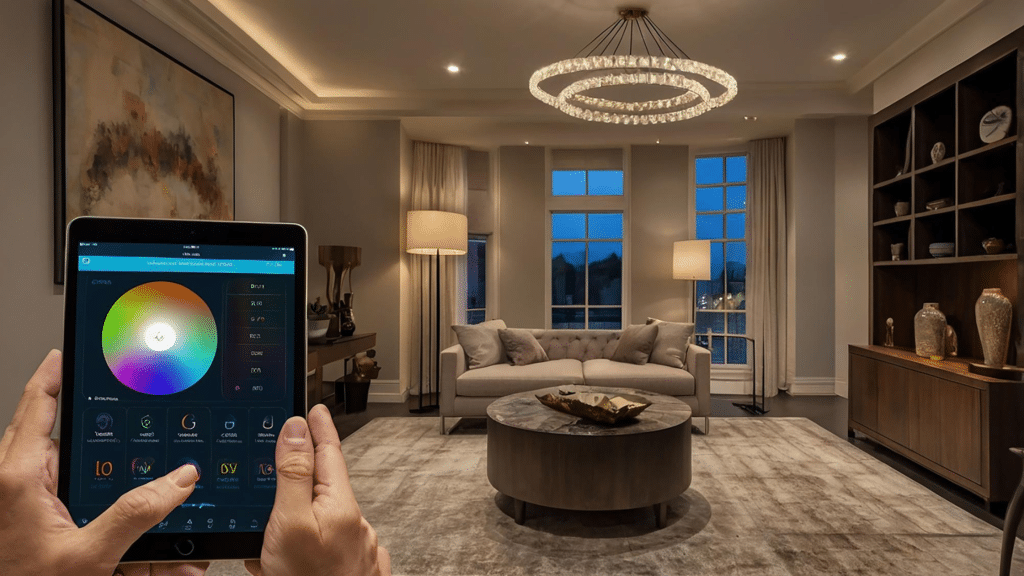
Can you suggest specific lighting controls or technologies that can help reduce energy consumption, such as motion sensors or daylight harvesting?
Motion sensors and daylight harvesting systems are excellent for minimizing energy usage by automatically adjusting lighting based on occupancy and Dimming System, natural light.
What are the key advantages of using customizable lighting in residential design? How do smart lighting systems support personalisation of lighting scenes for different activities?
Customizable lighting creates tailored environments, with smart systems enabling preset scenes for activities like reading or dining.
How do you envision the role of AI and machine learning evolving in the context of smart lighting?
AI will enable lighting systems to learn user habits and automatically adjust settings, enhancing convenience and efficiency.
Goldmedal
What technological advancements or consumer demands are shaping the future of smart lighting in homes?
Smart Homes market is moving at a brisk pace with each passing day. Most of the new entrants in this field are coming out with wireless solutions. The customer has many options to choose from and this has brought down the prices drastically. Most of the new-age clients look for Voice control with CCT Tunable and RGB control. The market is flooded with Chinese Imports with everyone trying to get the maximum out of this boom. The trend is moving towards Smart Drivers and Wireless Keypads for the fact that the wiring more or less remains the same. This opens up the market as every home can now become a smart home.
What unique customization features does your smart lighting system offer? How do these features enhance user experience and satisfaction?
Previously, homeowners had to rely on separate screens for door phone communication and central control of their smart home, making it challenging to integrate these two distinct technologies. Now, with the introduction of a common panel, all of these functions can be seamlessly managed from a single device. This unified platform offers multiple advantages, including the integration of smart home systems like KNX, ZIGBEE, and MATTER, as well as video door phones, allowing for easy communication and control. It also supports voice control through SIRI, Alexa, or Google Home, provides access control, integrates security functions, and allows for mobile app control. What once required multiple devices to operate can now be monitored, controlled, and integrated through a single touch screen, with everything conveniently accessible via a single mobile app.
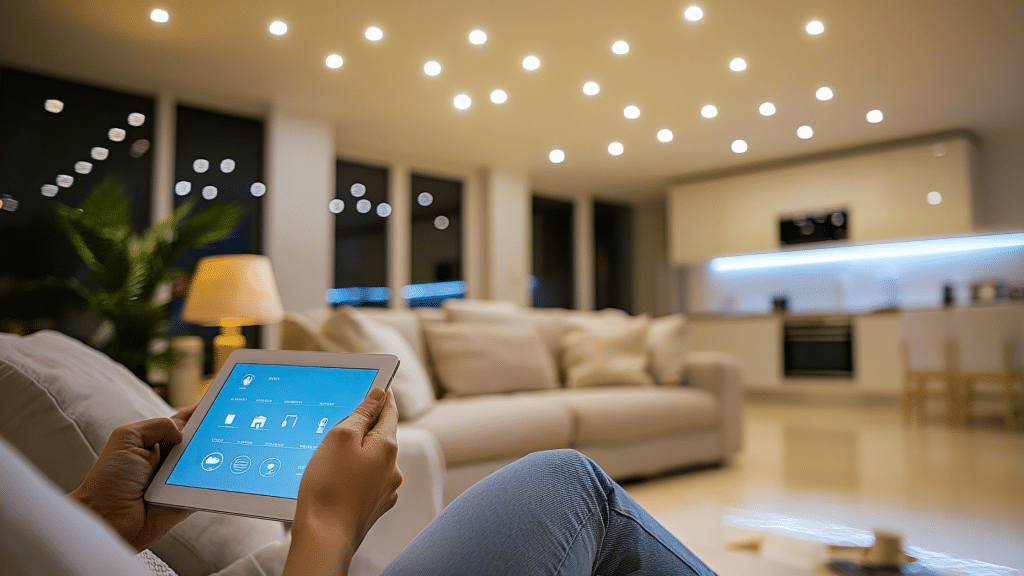
Are there particular features (e.g., sensors, schedules) that users can use in your range to achieve optimal energy efficiency?
Once we have all the smart home parameters on a single Platform controlling and monitoring the home is just a click away.
Sensors can now become more powerful as the same sensor can be used both for Lighting as well as security functions. Same Sensor can work with IFTT and depending on the time of the Day when the movement is detected we can trigger different scene settings.
Schedules can also become smart and use the sensor as input. One such example, we schedule our Entry foyer and living cove lights to switch ON at Sunset. Now if the Living sensor does not detect movement, this schedule will be put on Hold as No one is present in the House. Once the Sensor detects movement this schedule is switched On.
When a Guest presses the Door Phone Button, the Outdoor Lights can be brightened to welcome the Guest. This saves the need to add a sensor outside the Door for this Function.
Many such Automation features can be triggered and based on the requirements of the clients these can be programmed to achieve a good sustainable living.
What role do voice control and automation play in your smart lighting systems?
Voice control is a used more by the new age smart home users, which helps in controlling the system more easily with Alexa being the most in-demand and SIRI being the most Secure. The advantage we have with our system is that the clients get the option to use either Siri or Google home or Alexa. The android lovers opt for Alexa and Apple Lover choose SIRI.
How do you ensure seamless integration with platforms like Amazon Alexa, Google Assistant, and Apple Home Kit for effortless control of lighting?
The advantage with GOLDMEDAL is that in our system the clients get the option to use either Siri or Google home or Alexa. All 3 options can be integrated using the same Single device and can be done at same time with one person in the family using ALEXA and another using SIRI.
Can you explain how motion sensors, adaptive lighting, and geofencing work in your products to enhance user convenience?
Geo-fencing can be used with our system to open the Gates of the villa or Switch on a Scene (lighting, AC, Curtain, Music) when the person enters the premises of his home.
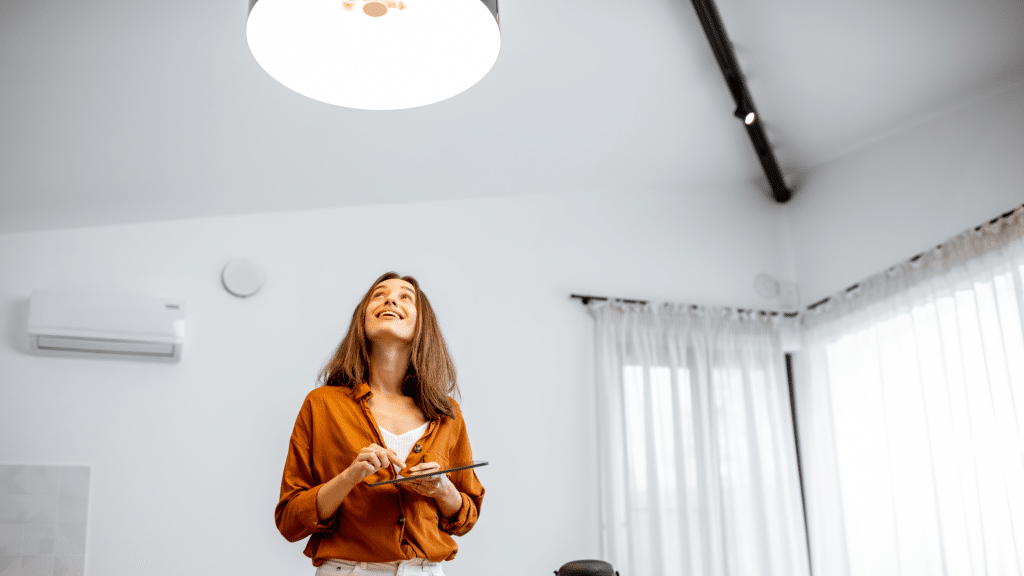
Sensors can be used no only to Turn the Lighting ON but Also to trigger Security Alarms when the system is Armed. Smoke and Gas leak detectors can be easily add to our system to make it a safer place for the Family.
What innovations in smart lighting are you most excited about, and how do you see them evolving over the next 5-10 years?
Our Touch Panels can now integrate Video Door Phones and has built in SIP based Communications. Biggest advantage is for Clients with Kids. Now Clients can call the Panels mounted on Walls and have a video Call to check the children once they return from School. Children can also call their Parents from the Panels in case the need to talk to their Parents. What’s more both parents can have a have a Conference call and listen to their stories from School, all with just a click.
The smart Home market is growing fast. Earlier we needed centralised Wiring and Controllers and Dimmers, then we moved ahead with Wireless controls and we now move toward smart Drivers and controls. In the future all we will need is Lighting that come with Smart Drivers, Just power and control them. Any brand any make everything on One universal platform using MATTER. I am sure this will come true in a year or two.
BRAND AND OFFERINGS
Singify’s NatureConnect is designed to mimic natural daylight, NatureConnect replicates a view of the sky with lighting scenes that boost energy levels and help windowless spaces feel connected to nature. This innovative lighting solution transforms indoor spaces into productive, inspiring, and relaxing environments. With its daylight effect and sky-like ambiance, NatureConnect skylights enhance the feeling of spaciousness and offer an instant upgrade to your living or work areas.
Philips Wiz Smart LED Desk Lamp is a cutting-edge lighting solution that seamlessly fits into your modern lifestyle. Sleek and versatile, this desk lamp offers customizable lighting to enhance your workspace, and with Wiz & Wi-Fi connectivity, it allows you to control the light from anywhere using your smartphone or tablet, bringing both convenience and ambiance to your daily routine.
Philips Wiz Smart Wi-Fi LED Hero Desk Lamp to elevate your home lighting experience with the Philips Smart Wi-Fi LED Hero Table Lamp. With its subtle, rounded design, this lamp complements any décor while offering vibrant colors and smart features that allow you to control your lighting preferences easily. It’s a perfect addition to any living space, combining functionality with style.
Philips Smart Wi-Fi Floor Lamp enhances the ambiance of any room with the Philips Smart Wi-Fi Floor Lamp. Its sleek, minimalist design seamlessly integrates into any décor style. With the ability to choose from 16 million colors, you can easily customize the lighting to suit your mood or occasion, creating the ideal atmosphere for every moment.
Philips Wiz Smart Wi-Fi Plug allows you to control your devices remotely via the Wiz app on your smartphone or tablet. With Wi-Fi connectivity, you can turn devices on or off, set schedules, and monitor energy usage, helping you save on electricity bills. Compatible with Amazon Alexa and Google Assistant, the plug also supports voice commands for hands-free control.
Philips Smart WiFi LED Bulb brings the power of smart lighting into your home with the Philips Smart WiFi LED Bulb. Offering 16 million colors to choose from, this versatile bulb lets you customize the lighting to create the perfect ambiance for any occasion. Controlled effortlessly via your mobile device, it integrates seamlessly with Amazon Alexa, Google Home, and other voice control systems for convenient, hands-free operation.
Philips Smart WiFi LED Downlight are designed for optimal home illumination, Philips Smart WiFi LED Downlights provide a range of dimmable shades, from warm, cozy lighting to cool, invigorating white light. With Wiz-connected technology, these downlights allow you to explore preset lighting modes that suit different moods and activities. Whether you’re winding down for relaxation or need focused lighting for work or reading, these downlights offer the flexibility you need for any occasion.
Crompton Greaves Consumer Electricals Limited
Crompton Greaves Consumer Electricals Limited has introduced the Trio Range of Lights, a premium collection designed to enhance both the aesthetics and functionality of modern living spaces. This innovative range offers three distinct lighting experiences from a single product, making it ideal for various settings such as homes, hotels, restaurants, cafés, and small offices. The Trio Range combines style and versatility, providing adaptable lighting solutions for every occasion. With the ability to switch between Cool, Warm, and Natural light modes at the touch of a button, it caters to a range of activities, whether for work, relaxation, or social gatherings. The versatile design includes modes like Work Mode for focused productivity, Warm Indirect Light for unwinding, and a Hybrid Mode combining both for vibrant social settings.
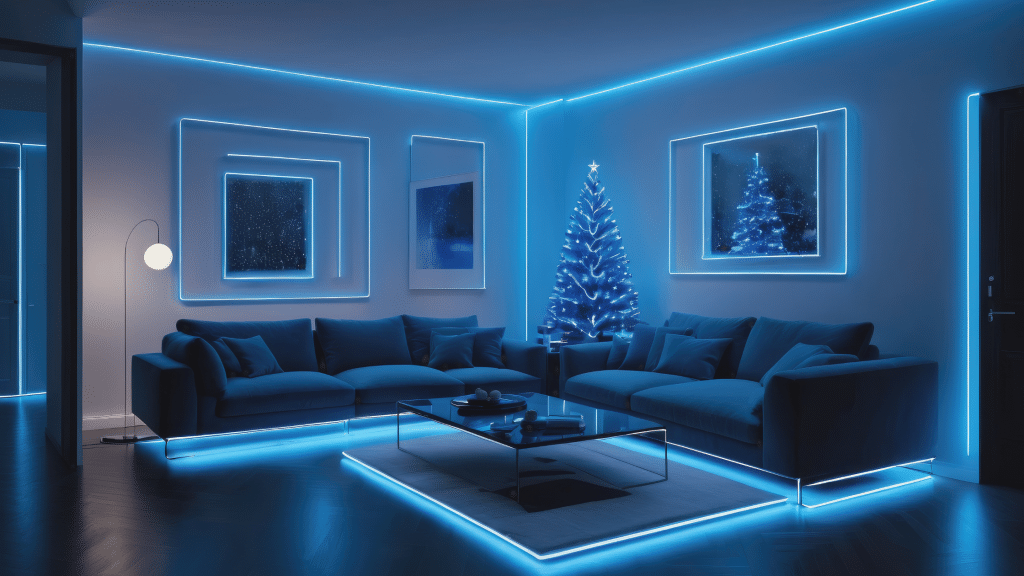
The Trio Range includes three key products: the Trio 15W LED Ceiling Light, which features three modes — Theatre Mode, Work Mode, and Party Mode — offering tailored lighting for any mood or activity. Priced at ₹1,400, this ceiling light is designed to bring premium aesthetics to any space. The Trio 22W LED Batten Light, is another standout product, providing vibrant lighting for various occasions, while also offering three distinct modes to create the perfect ambiance. Lastly, the Trio 12W LED Lamp, offers 100% illumination capability for lamp shades and wall lights, along with up and down lighting options, making it perfect for both personal and professional spaces. It also includes the same three modes — Theatre, Work, and Party — for ultimate versatility.
Goldmedal
Goldmedal’s Falcon LED Downlight is designed to enhance your space with both style and functionality. This high-performance fixture not only offers superior lighting but also minimizes electricity consumption, making it a smart choice for modern, energy-efficient homes and businesses. Crafted with a durable powder-coated aluminum die-cast housing and an anti-glare diffuser, the Falcon downlight ensures optimal lighting while reducing eye strain. The separate current driver simplifies installation, while the polycarbonate gun-black reflector creates a low-glare effect, providing a comfortable and visually pleasing ambiance.
Available in three color temperature variants — Warm White, Neutral White, and Cool Daylight — the Falcon downlight can be easily adjusted to meet the lighting needs of any space. Whether it’s for creating a cozy atmosphere in a living room, enhancing productivity in an office, or setting the right mood in restaurants and retail spaces, the Falcon LED Downlight seamlessly integrates with various architectural styles and offers versatile lighting solutions for everyday use.
Hafele
Hafele’s Loox5 encapsulates the essence of four generations of lighting systems that have redefined home ambiance and ergonomics over the last 10 years. With its high-quality LEDs, the Loox5 system provides accentuated illumination to every desired nook and corner. It impresses with assembly that easily integrates in furniture production processes, smart and easy-to-use light control, and its connectivity to third-party systems.
Continuing with innovations in the furniture lighting space, Hafele introduces the new Glass Edge Profiles under the 7108 product family of the Loox5 range. Sporting high-quality polycarbonate opal diffusers that do not turn yellow over time, these profiles deliver an effortless light diffusion. Enabling a seamless lighting experience is the profile length of 2000 mm which offers light output without any discontinuities even when installing over longer lengths. Easy to install and use, these lightweight polycarbonate profiles are your complete solution for elevated aesthetics across your furniture.
As we look toward the future, the continued evolution of smart lighting promises even greater innovations in convenience, efficiency, and sustainability. With seamless integration of voice control, adaptive lighting, automation, and security, homes are becoming more intuitive, personalized, and responsive to our needs. These advancements not only enhance our daily lives but are the way forward, making our lives more comfortable, secure, and sustainable in the coming years.



